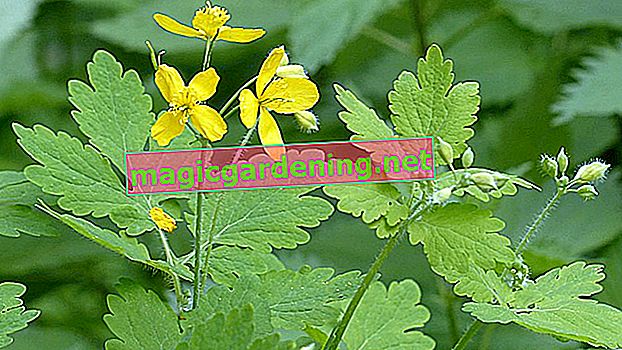
Evening primrose neither poisonous for humans nor animals
Anyone looking for information about the toxicity of the evening primrose on the Internet will end up left quite confused. Often enough the information emerges that the plant is poisonous and therefore not edible. You can safely forget about such claims because they are simply false. On the contrary: leaves, roots and even the flowers of the evening primrose have been eaten as food for centuries - a custom that has been somewhat forgotten in recent decades. The plant is just as toxic to animals as it is to humans - on the contrary, because guinea pigs, rabbits & Co. like to nibble on the tasty leaves.
also read
- Evening primrose prefers a sunny location
- Evening primrose - wonderful flowers with little care
- Which parts of the evening primrose are edible?
Evening primrose as food
Due to its reddish discoloration, the fleshy root of the evening primrose was also known as "ham root" in the past. It was cooked in broth and used either as a salad with vinegar and oil or as a vegetable like salsify. The young leaves are suitable as a salad addition or cooked as spinach, the flowers and flower buds make a wonderful, also edible decoration.
Evening primrose in medicine
The seeds of the evening primrose in particular contain a lot of gamma-linoleic acid and are therefore pressed into oil and used for skin problems. Evening primrose oil is particularly common for neurodermatitis. The flowers can be used to make an infusion or syrup to provide relief from coughs and other mild respiratory diseases.
Tips
The seeds of the evening primrose roasted in a pan without fat also taste very tasty in a muesli.








